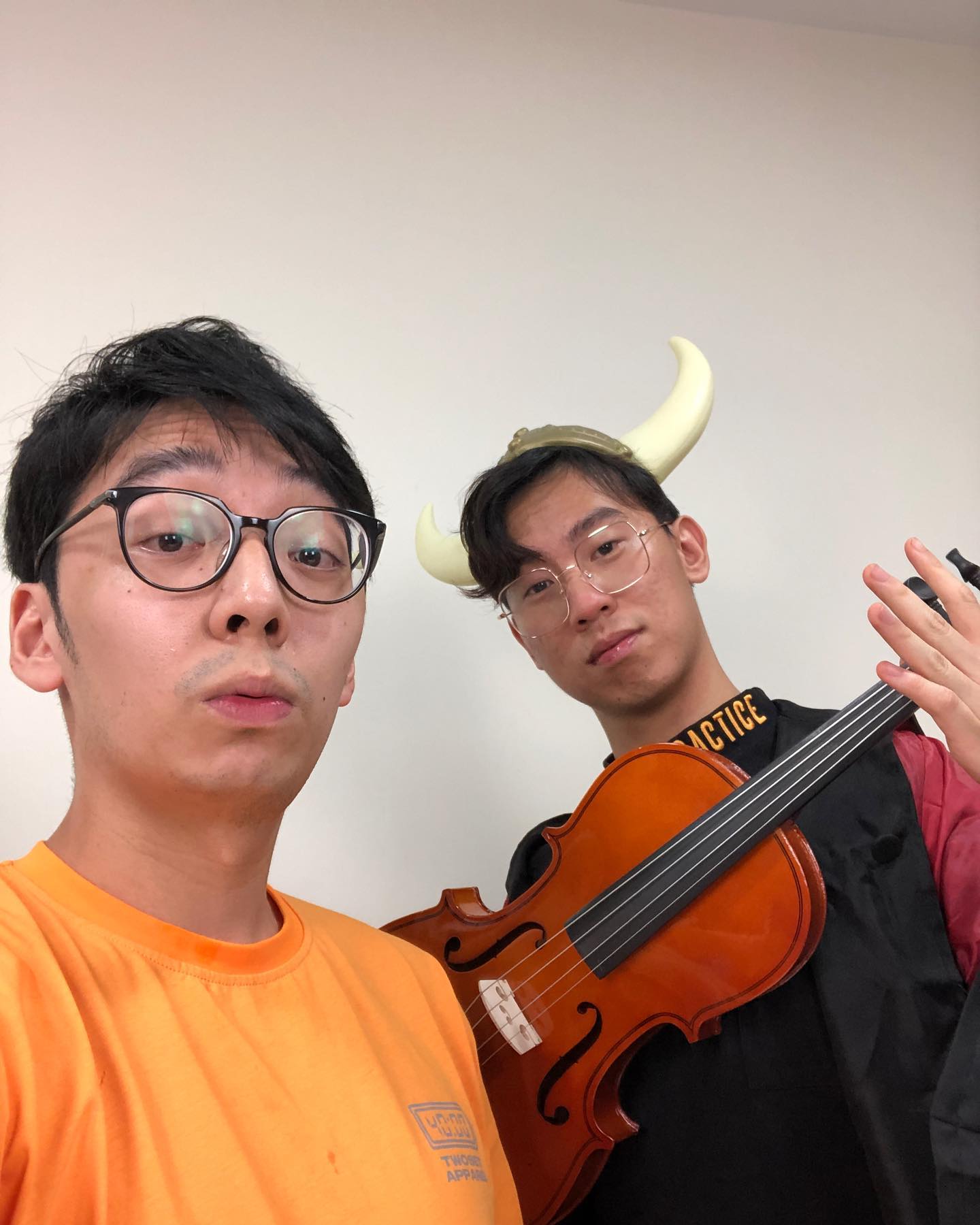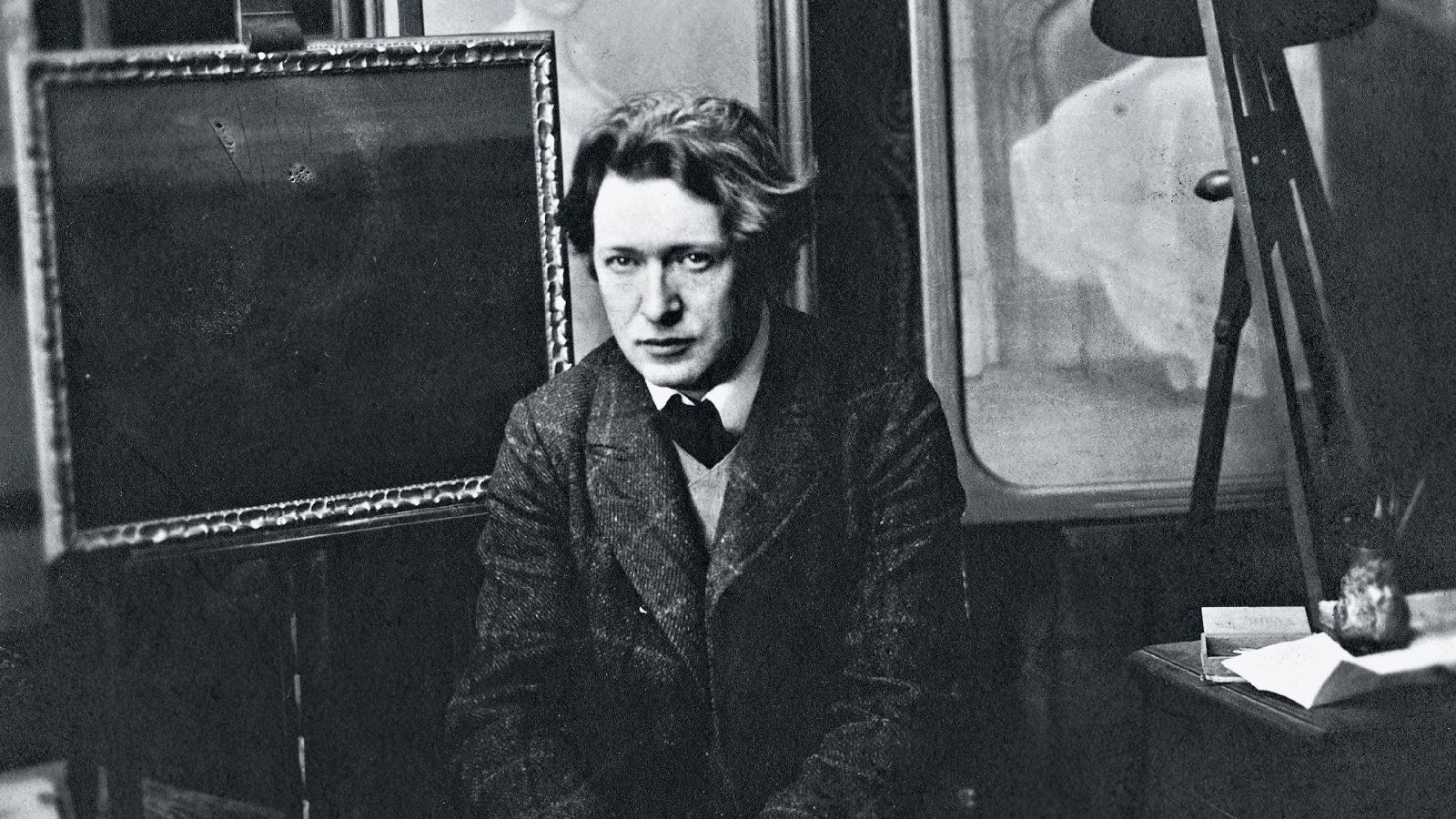Can graphics make opera more accessible?
mainThey think it can in Sweden, where this

has been supplanted by this:

To our eyes, the little dicky-bird infantilises the audience, but the experts think it w2orks. Read on here.
They think it can in Sweden, where this

has been supplanted by this:

To our eyes, the little dicky-bird infantilises the audience, but the experts think it w2orks. Read on here.
The Chinese-Australian pair of comedy fiddlers have called…

From the last Lebrecht Album of the Week…

From a Russian glamour magazine: Vasily Sokolov told…

From the Times newspaper today: The City of…

Session expired
Please log in again. The login page will open in a new tab. After logging in you can close it and return to this page.
I don’t know how it is in Europe, but in the USA I think that the biggest hindrance to accessibility to opera is the cost of a ticket. The costs of production, particularly opera, are so enormous that it takes a king’s ransom to get a good ticket at the opera – any opera. Naturally then, opera is (as it’s always been) not nearly as popular as it should be, limited mostly to people of means.
In this country, where the arts are pretty much left to their own devices to get exposure, as opposed to the European tradition of state subsidies, the arts are constantly struggling to maintain and build audiences. Forget graphics! Can the average Swede afford a subscription? A ticket?
Just make it so that we can take our grandchildren to see an opera without spending a small fortune.
Contrary to your post, the original Folkopera logo has NOT been “supplanted” by what you call “the little dicky-bird”. Reading through the background material to which you kindly provided a link, it is obvious that the bird – in fact, and how appropriate, a songbird! – is intended to be used separately from the re-designed logotype for Folkoperan only rarely.
In my view the re-design is remarkably successful, clearly re-calling the original’s well-known logo and using a modernised art-deco script inspired from Folkoperan’s venue, a marvellous 20s art deco cinema, known for most of its life as “Garbio” (a deliberate homage to Greta Garbo, bio being Swedish for cinema).
Finally, it’s not clear that the re-design had anything to do with “making opera more accessible”. Folkoperan, together with Western European opera theatres east of the North Sea and south of the English Channel, do not have to fight the now-institutionalised anti-culture educational ethos prevalent in the UK and do not therefore need extensive access/outreach programmes, let alone logo re-design, to sell tickets.
As to Bob Burns’ question about prices, Folkoperan’s range from US$ 45-75 and the Royal Opera in Stockholm US$ 40-140. While on this roll, Covent Garden US$ 80-360, Paris US$ 60-250 and Munich US$ 50-225.
Ticket prices quoted on Folkoperan’s website are from SEK 260 to 450 ($42 to $72 US). Fifty percent off for young people, students and the unemployed.
I think it’s cool and I applaud their try to make opera look like a young audience can enjoy – which so many youngsters don’t think they can.